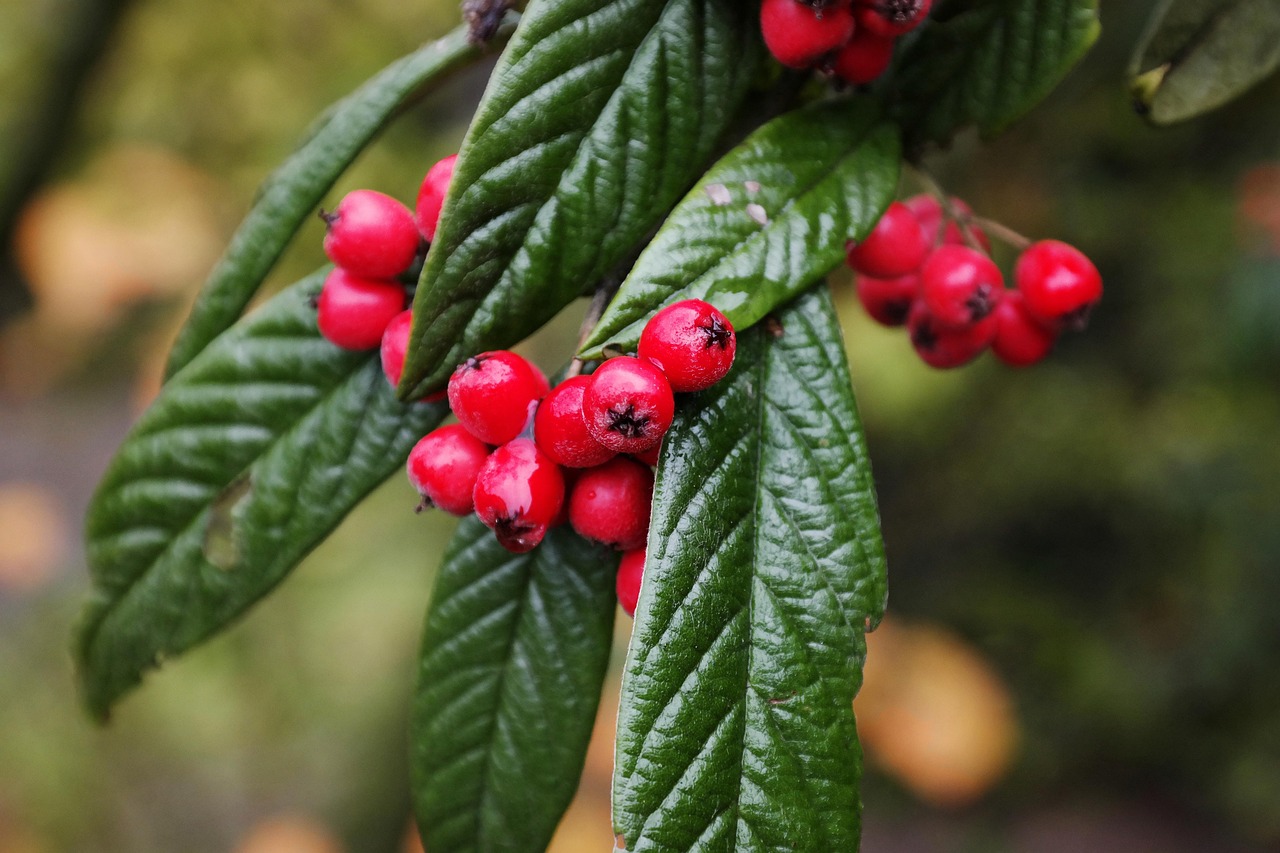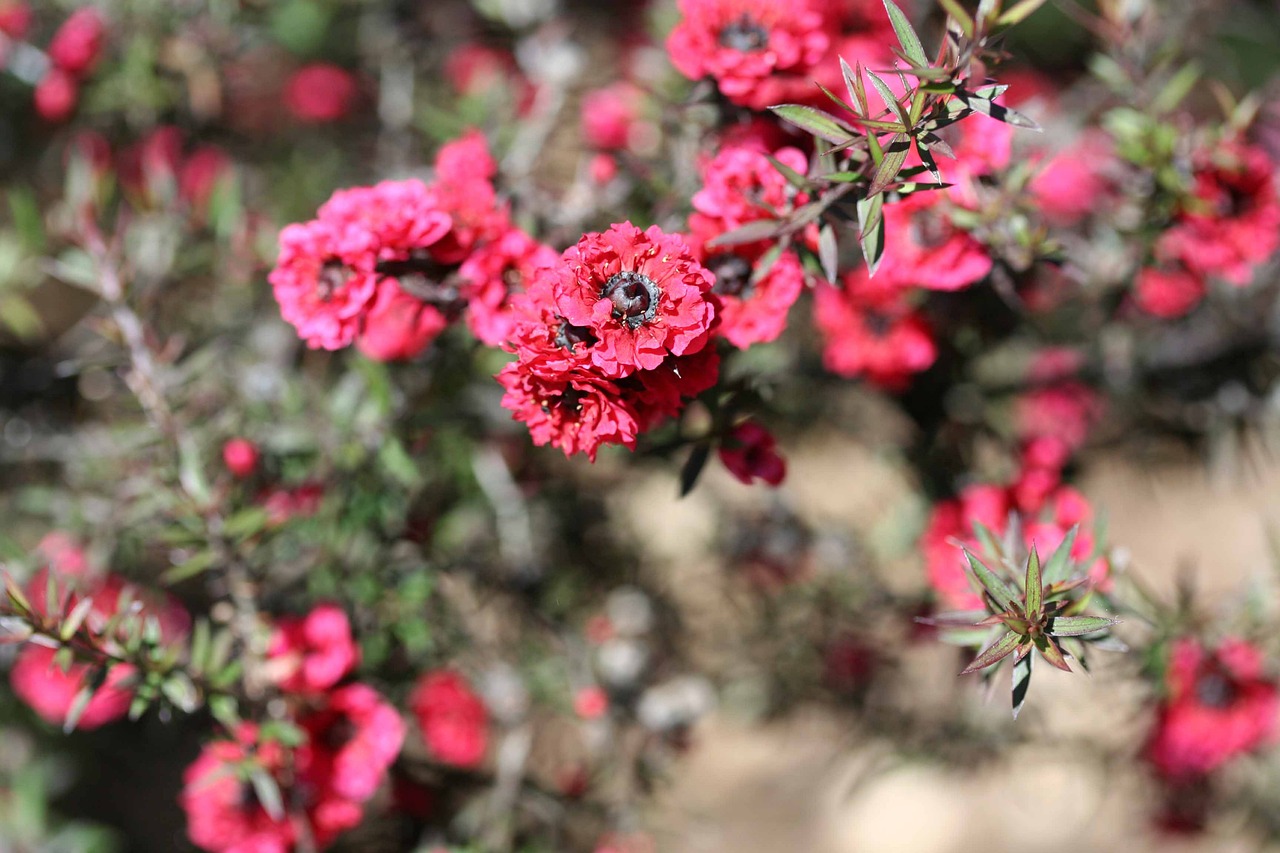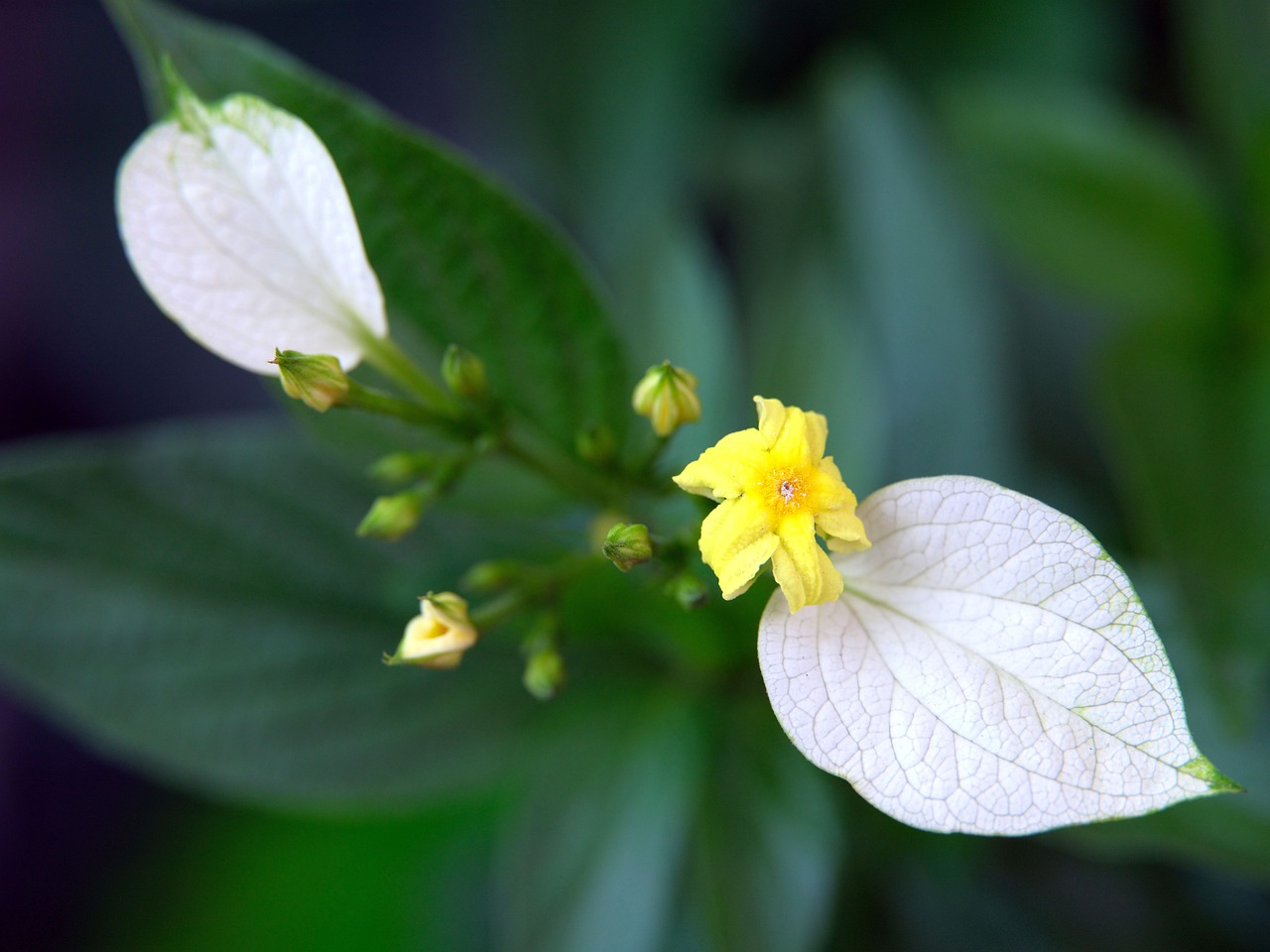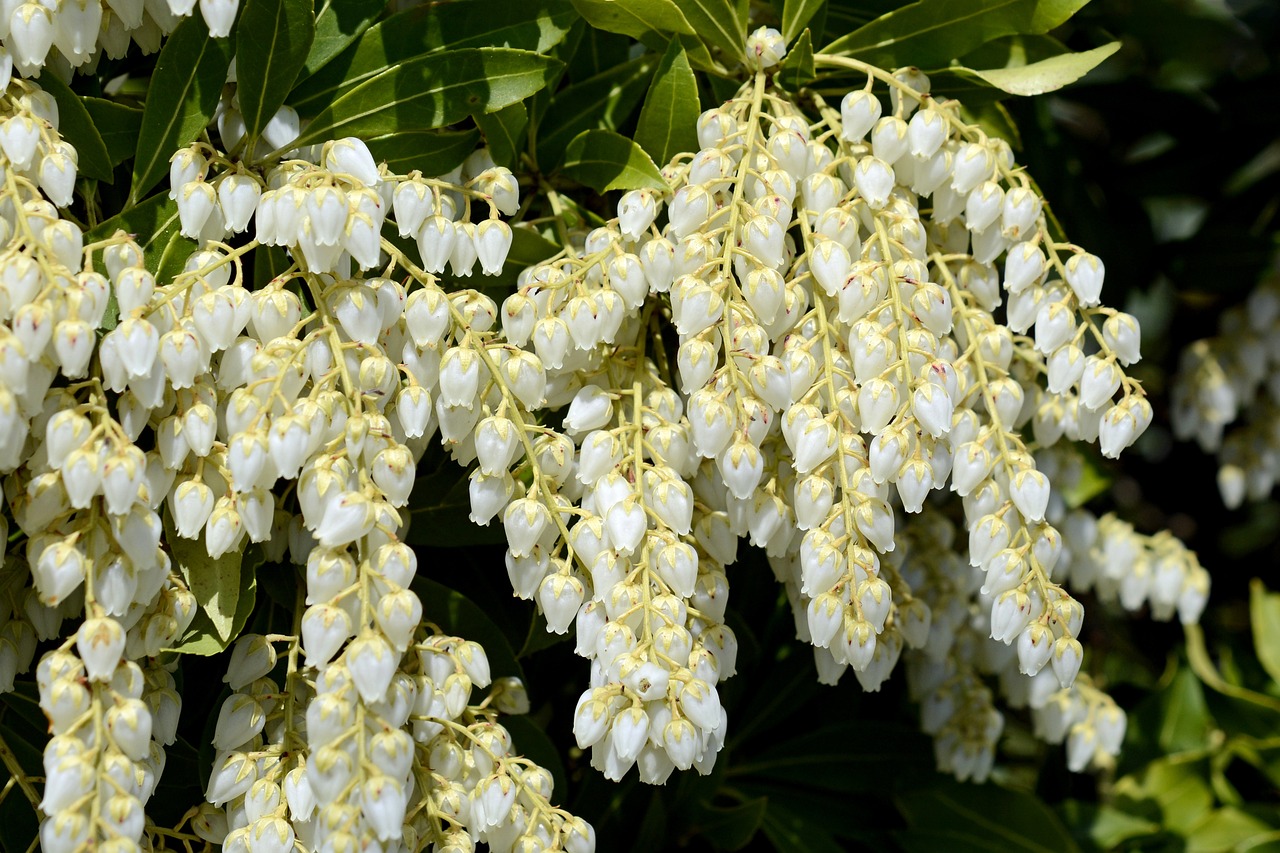Ninebark | Foliage that Shines in a Modern Garden
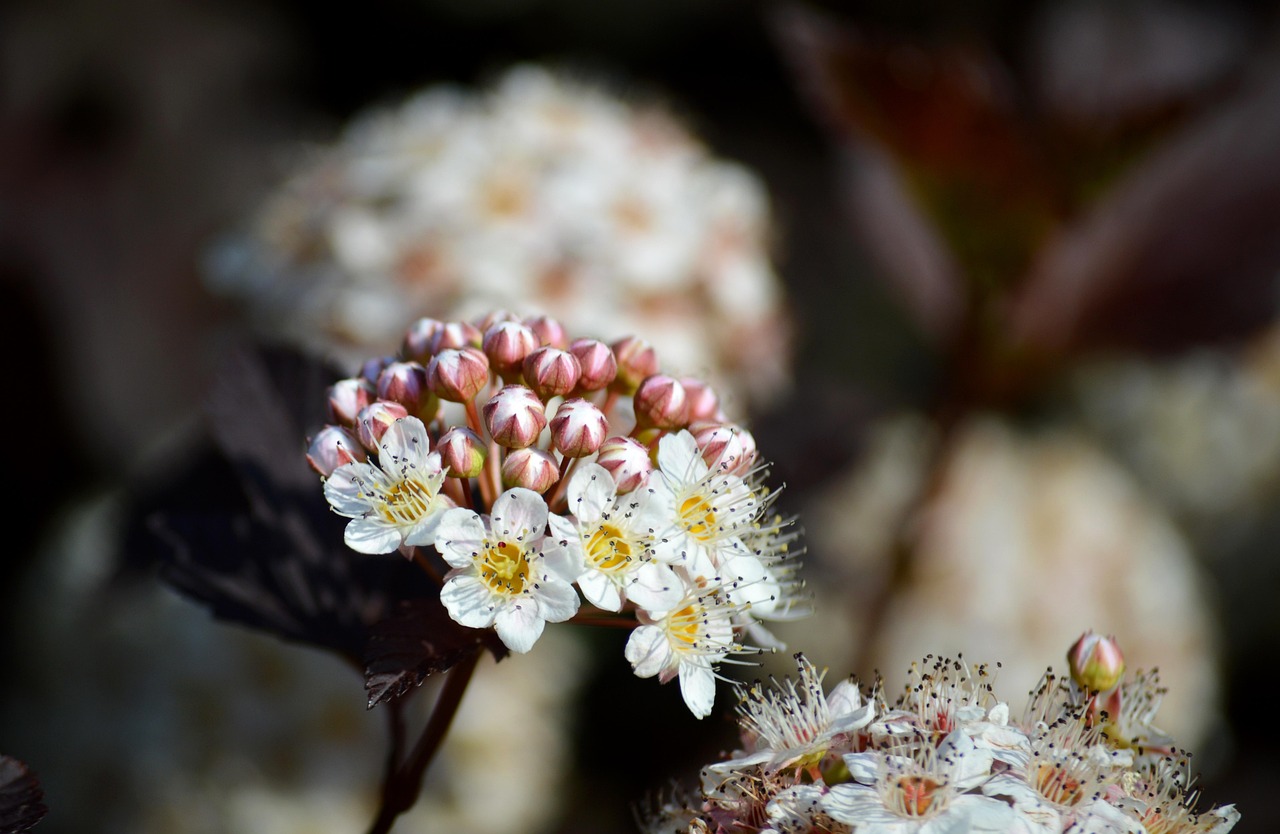
I would like to introduce the Ninebark, a deciduous shrub with distinctive foliage colors and beautiful blossoms. It is popular as a garden tree or hedge, and thanks to its cold hardiness and adaptability, it can thrive in various environments.
In this article, I will explain in detail the basic information, cultural characteristics, history, and cultivation methods of Ninebark.
Basic Information
- Scientific Name: Physocarpus opulifolius
- Family: Rosaceae
- Origin: North America (from southern Canada to the eastern United States)
- Appearance: Rounded leaves and clusters of small white or pale pink flowers that bloom in early summer. Depending on the variety, the foliage can vary in color, ranging from deep purplish-red to golden yellow.
- Blooming Season: Early summer (May–July)
Cultural Characteristics Worldwide
Because of its unique foliage colors and attractive form, Physocarpus opulifolius has long been used in gardens and parks as an ornamental plant.
In North America, it is valued for natural-style landscaping, particularly in wild gardens and bird-friendly gardens. Its autumn foliage makes it especially popular as a tree that showcases seasonal changes.
In Europe, it spread as an ornamental plant in the 19th century. Breeding advanced, resulting in numerous varieties with a wide range of foliage colors. Today, it is often used in parks and urban greening projects, appreciated for creating natural landscapes.
In Japan, the plant has recently gained attention as Western-style gardens have become popular. Varieties with reddish-purple leaves are planted as symbolic trees or hedges to add striking accents to gardens.
Historical Background
Physocarpus opulifolius was first recorded by botanists in North America in the 18th century and was later introduced to Europe.
Initially recognized as part of the natural vegetation of forests and riverbanks, it was appreciated in the 19th century for its hardiness and ease of cultivation.
From the late 19th to early 20th century, horticulturists in the United States and Europe developed new varieties. Cultivars with red-purple or yellow foliage expanded its ornamental value, and it spread widely as an attractive shrub.
Today, it is used both as a standalone garden tree and in combination with other shrubs and perennials to create richly colored landscapes.
Gardening Advice
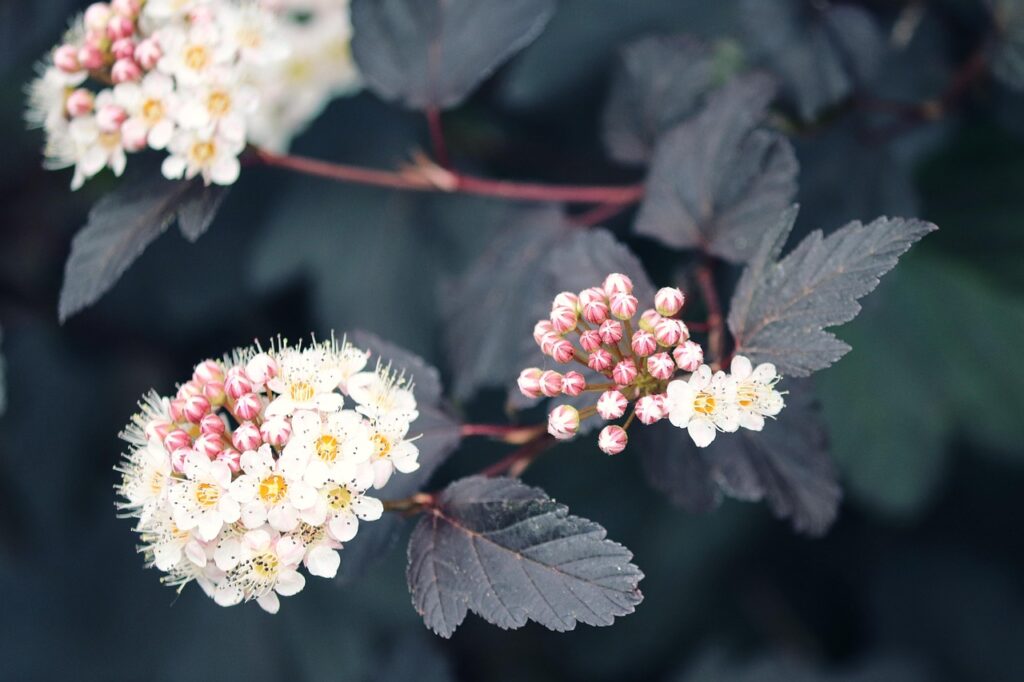
Physocarpus opulifolius is relatively easy to care for, but proper management is needed to fully enjoy its foliage and flowers.
Sunlight
Prefers full sun to partial shade. The more sunlight it receives, the more vibrant the foliage color becomes.
Watering
Fairly drought-tolerant. Water regularly after planting until roots are established; later, watering is only necessary during extended dry periods.
Soil
Well-drained, humus-rich soil is ideal, though it is robust enough to grow even in poorer soils.
Fertilizer
Apply slow-release fertilizer in spring and autumn. Avoid excessive feeding to prevent weak, elongated growth.
Pruning
Light pruning after flowering helps maintain shape. Removing old branches encourages new growth and keeps foliage colors vivid.
Hardiness
Extremely cold-hardy and can be planted even in colder regions. It loses leaves in winter but sprouts new growth in spring.
Conclusion
Physocarpus opulifolius is a North American deciduous shrub with diverse foliage colors and charming flowers in early summer.
It is widely appreciated as a garden or hedge plant, especially in naturalistic gardens and parks.
Since its introduction to Europe in the 18th century and subsequent breeding in the 19th century, it has become an increasingly popular ornamental shrub.
Today, varieties with purple or golden foliage are used in both private gardens and urban landscapes.
With relatively simple care, proper sunlight and soil conditions will ensure its beauty flourishes.

